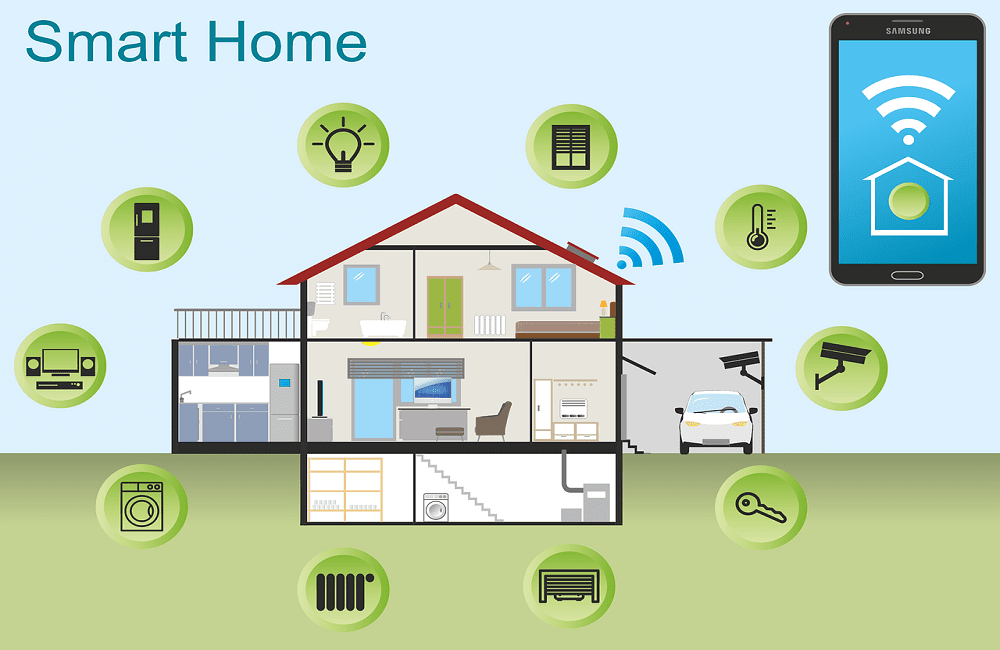Thanks to the sheer scope of the Internet of Things (IoT), consumers can now enjoy more at-home conveniences than ever before. It is mainly due to the increased presence of smart devices and embedded systems and how far the associated software has come in recent times. It can nonetheless be tricky to keep track of the latest advancements, particularly if you are hoping to invest in the latest technological solutions. Therefore, let’s take a look at a handful of gadgets that are predicted to dominate the current marketplace and what innovative options each can offer.
The Amazon Astro
The notion of a “smart” home robot has existed since at least the 1960s, thanks to popular television programs such as The Jetsons. However, it was not until somewhat recently that the technology behind these devices has enabled them to become a reality. The Amazon Astro is a perfect example of what could very well be in store.
Software development specialists have recently come up with a gadget that has been termed an “Alexa on wheels.” The Astro is a fully wireless unit equipped with a 1080p telescopic camera alongside castors to navigate throughout the home. Perhaps the main benefit here is that users are provided with a hands-on means to undertake tasks that would have previously required a dedicated laptop or smartphone. They can make video calls, check their emails and perform standard online searches. Interestingly enough, the Astro can work in tandem with the Ring ecosystem. It provides an additional option in terms of bespoke home security solutions.
The Always Home Cam
Have you ever envisioned a security system that is mobile in nature? If so, this next option should pique your interest. The Always Home Cam by Amazon is actually a drone capable of proactively patrolling your property. It consists of a device that will learn a pre-programmed flight path. The relatively autonomous nature of these real-life bots will therefore provide a robust 24/7 security solution. While some options (such as remote controls or recording video while docked) are not yet possible, it is thought that Amazon will improve on its existing capabilities shortly.
Connected Home Over IP
One of the issues which have plagued intelligent home systems in recent times involves compatibility between different operating systems. One concept known as Connected Home Over IP (CHIP) is worth a closer look.
The main intention behind this method is to enable various smart devices to seamlessly communicate with one another (regardless of the brand). It is accomplished thanks to an open-source protocol – the CHIP will essentially act as a universal translator. There are several benefits here. The most obvious is that consumers will no longer be forced to commit to a specific brand when outfitting their smart homes. Additionally, this type of communication should work quite well when paired with 5G wireless technology. On a final note, CHIP and similar systems are predicted to lower the price of many IoT-based products due to a greater degree of industry competition.
Smart Homes are Here to Stay
Thanks to the ubiquitous presence of IoT and increasing consumer awareness, smart homes should become quite commonplace in the not-so-distant future. The main question involves how users will react to such options and if they might present any drawbacks (such as privacy concerns). Either way, it is impossible to deny the impacts that these approaches have already had.
The Rise of Smart Home Sensors
It can be argued that the first intelligent home sensors can be traced as far back as the traditional motion detectors used for security purposes. However, this technology has advanced at a fantastic pace in recent times. One recent innovation comes in the form of occupancy sensors.
As the name suggests, these sensors detect whether anyone is in a specific room. If no one is present, the sensor can be programmed to perform a particular action, such as turning the lights off or lowering the thermostat. Such units are already utilized within the business community, and they are soon set to make an impact within the average home.
Health Tracking Devices
Most of us are already familiar with wearable health technology such as the Apple Watch and the Fitbit. Thanks to the popularity of these devices, we may soon witness this very same technology immersed within the home. For example, “smart” beds can monitor sleep quality obtained every night. Some believe that they may even be able to identify specific disorders (such as obstructive sleep apnea) that might otherwise remain undetected.
Another application of innovative home technology involves devices intended to actively gauge indoor air quality and adjust central filtration systems accordingly—excellent news for homes with pets or for anyone who may be suffering from allergies. Of course, we are only scratching the surface regarding what is in store in the future of the gadgets world.


